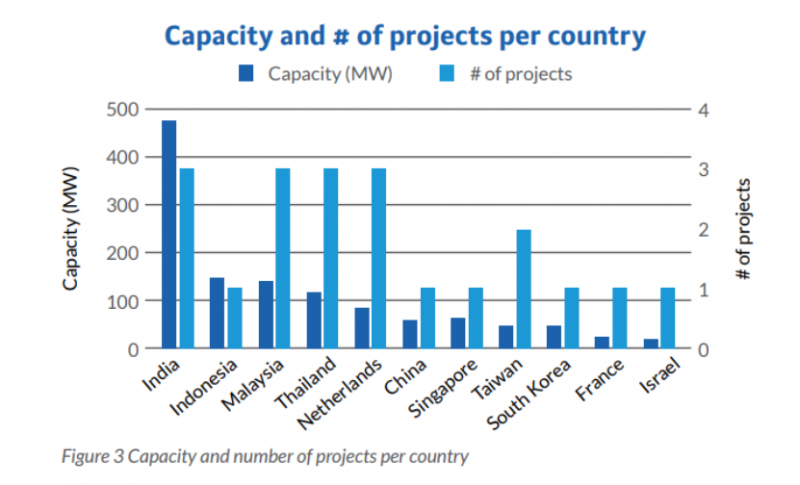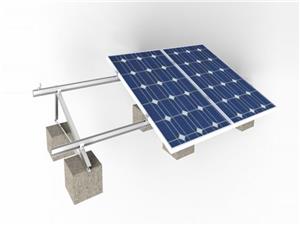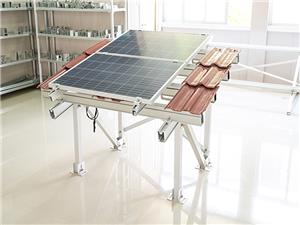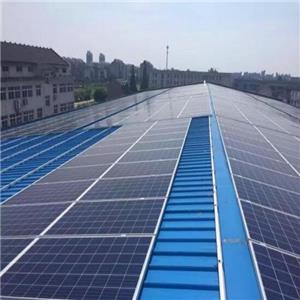The project under construction reaches 1.2GW, and the technology innovation and application of floating solar energy are diversified
The project under construction reaches 1.2GW, and the technology innovation and application of floating solar energy are diversified

Since the outbreak of the COVID-19 epidemic, global installed capacity data shows that photovoltaic power generation has much more vitality than traditional energy sources. As the "third pillar" after ground-based power stations and rooftop photovoltaics, floating solar energy has been widely distributed in more than 60 countries , And the scale of the project and the single capacity are constantly hitting new highs. According to statistics from the European professional organization Solarplaza, the top 20 floating power stations under construction in 2021 have a total capacity of 1.2GW, most of which are located in Asia. At the same time, the technological innovation and application of floating solar energy began to develop more diversified, and offshore floating power stations began to become the cutting-edge technology leading the development of the industry. In order to meet the rapid market development, related standards for floating power plants are also being accelerated and improved.
Floating solar installed capacity is expected to add 1.5GW in 2021
According to the 2020 market report of the Solar Energy Research Institute of Singapore, as of September 2020, the total number of floating solar projects worldwide has reached 2.087GW (DC). For many countries with limited land but abundant water resources, floating solar (FPV) provides a huge opportunity. Countries such as Singapore, South Korea, Taiwan, India, Japan, the Netherlands, and Greece have been very active FPV markets in recent years. There are also many projects in the Middle East that use floating solar energy for seawater desalination and hydrogen production. According to IHS Markit's forecast, in 2021, global floating power stations will add nearly 1.5GW of installed capacity, and Asia will account for 59% of them.
According to Solarplaza's statistics, in 2021, the total capacity of the top 20 floating power stations under construction in the world reached 1.2GW, of which there are 16 in Asia with a total capacity of 1.1GW, and the other 4 are all in Europe, totaling 0.106GW. . The largest floating power station in the project under construction comes from India, with a single capacity of up to 300MW. In the European market, the Netherlands performed best, while France and Greece were catching up.


In addition to seawater desalination and photovoltaic hydrogen production, a very promising emerging market segment is the combination of FPV and existing hydropower stations. The use of hydropower stations as energy storage systems allows the entire portfolio to optimize energy output. This is not only suitable for daytime cycles (mainly using solar energy during the day and water power at night), but also may be used to buffer fluctuations caused by photovoltaic power generation and seasonal compensation for hydropower stations during the dry and rainy seasons. This kind of hybrid power plant system has great potential in the ASEAN region, and Indonesia, Thailand, Vietnam, Laos and Myanmar have begun to study such projects.
Technological innovation and diversification of forms
The technological innovation of FPV in Europe, Southeast Asia and other markets is very rich. Take a 2MW project on Shikoku Island as an example. It started to develop the PuKaTTo floating system in 2015. Its 9.7kg floating body is made of high-density polyethylene and incorporates ultraviolet absorbers. The floating body itself contains mooring chains, which are connected together by 2kg beams, which can be used as channels for operation and maintenance. The gap in the middle of the floating body is large, which is conducive to cooling down. This design can be applied to 60-cell or 72-cell battery assemblies from various manufacturers.
Halfway through 2021, markets such as India, Thailand, South Korea, Mongolia, and Greece have welcomed the launch or project launch of the largest floating solar power stations in China. In China, the price increase of polysilicon in the first half of the year caused the price of modules to rise all the way. At present, except for the start of construction of several large floating power plants that have been tendered in 2020, other projects are progressing slowly. According to industry sources, there are many small and medium-sized floating solar projects in the country, but due to the high cost now, many developers are waiting for the prices of modules and other raw materials to fall. It is expected that more projects will be launched in the second half of the year if component prices loosen. In the long run, with the accumulation of experience in the floating solar market, this field will release greater potential.




